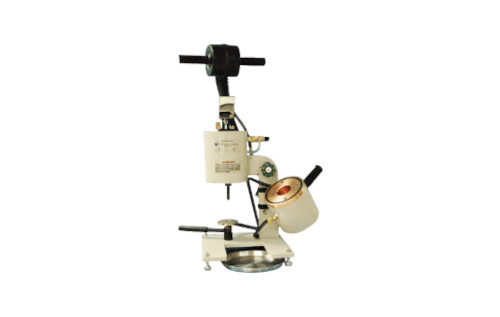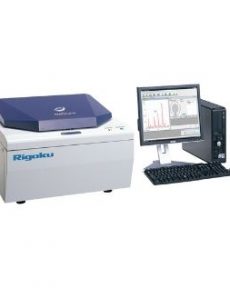Description
The Electric Arc Button Remelt Furnace uses for its power a DC Electric Welder usually available to the laboratory.
With a 400 to 600 amp. welder, it will melt alloys up to approximately 2000° C (3500 °F).
The sample charge can be in the form of slugs, cuttings, drillings, powders, etc.
A charge of 50 grams of steel will provide a sample of 32 mm (l-1/4 inch) diameter and approximately 6 mm (1/4 inch thick).
Per esempio fondendo 50 grammi di acciaio si otterrà un campione con un diametro di circa 32 mm e spessore pari a circa 6.5 mm.
Its primary use is for the preparation of spectrographic samples and in alloy research.
The melting time for most high temperature alloys is in the order of 50 to 60 seconds.
This speed results in low volatizationre: e.g. boron in the range of .003% in a high temperature steel shows no loss.
The violence of the spark provides thorough stirring and consequently good homogeneity.
Anodes of carbon, graphite or tungsten are available.
The unit is designed for use with an argon atmosphere.
The melt is made in a water-cooled copper crucible which may be tilted to drop out the sample after it has cooled.
There is no contamination to or from the crucible due to its temperature differential with the sample.
It is simple in operation and requires little or no maintenance.
The only equipment necessary other than the Electric Welder, is a 50 Liter/Min. forepump for flushing the gas through the system.






